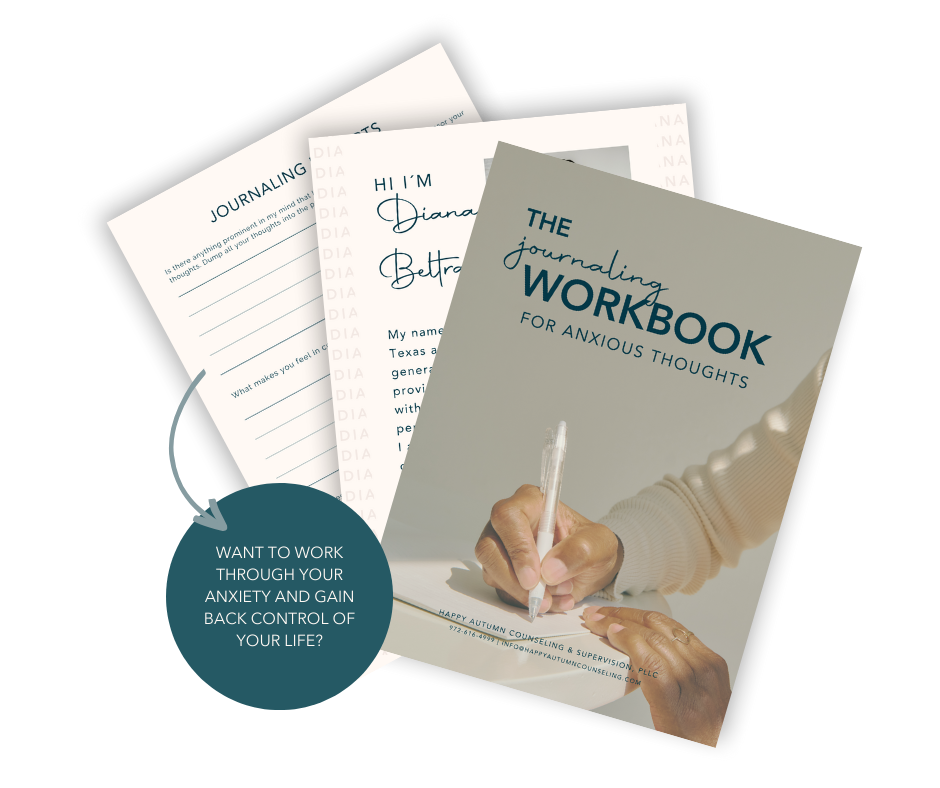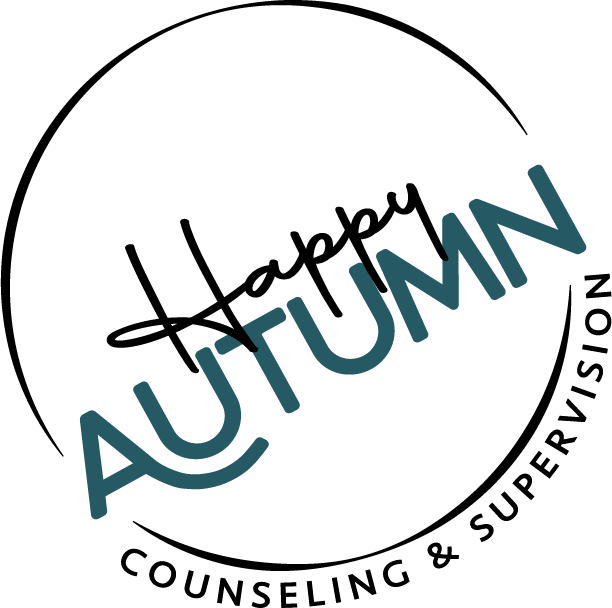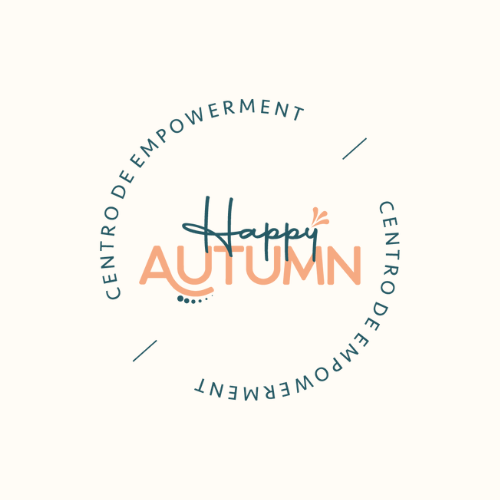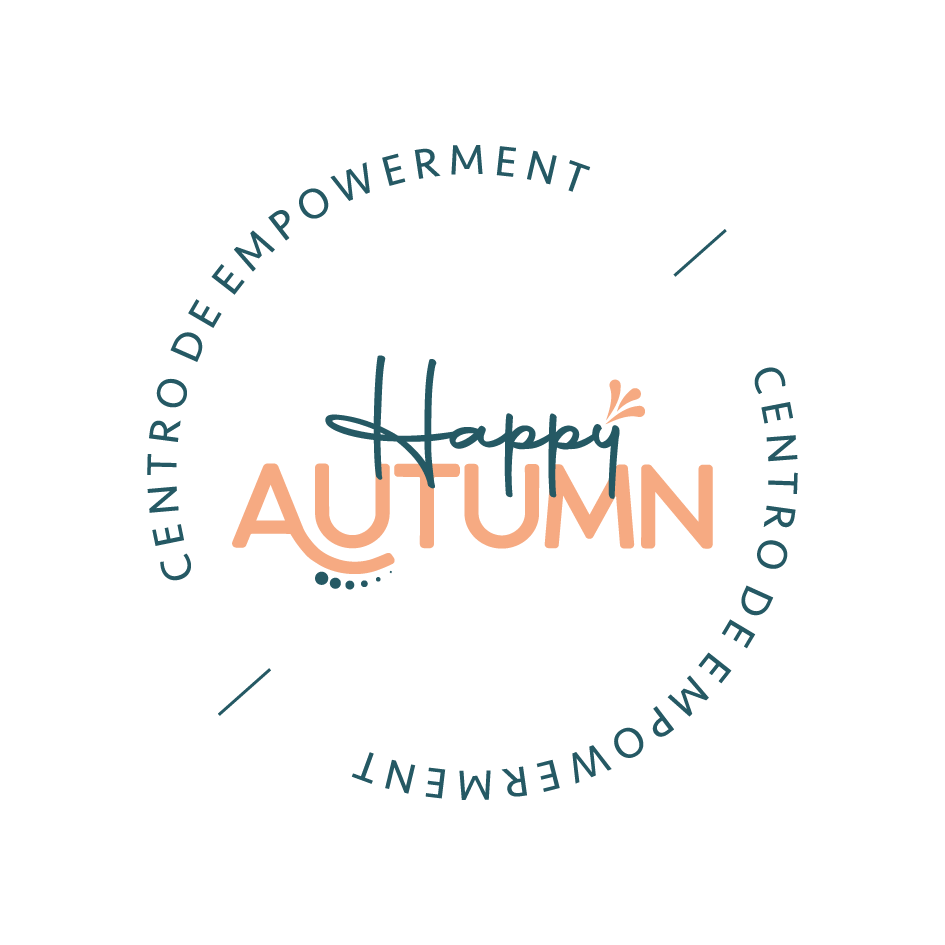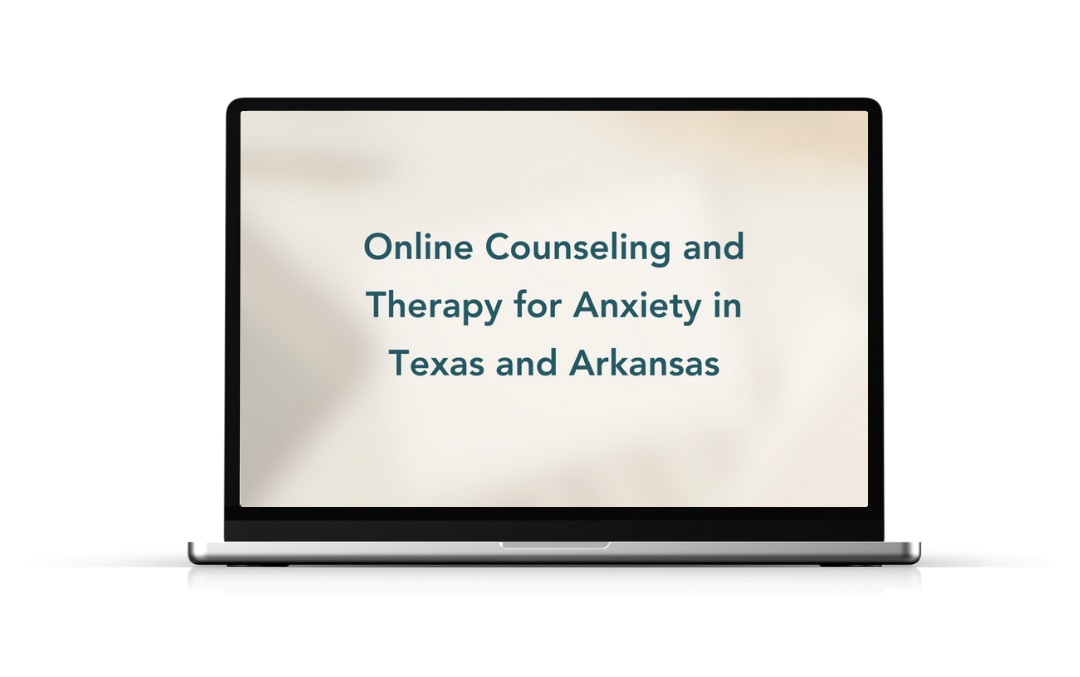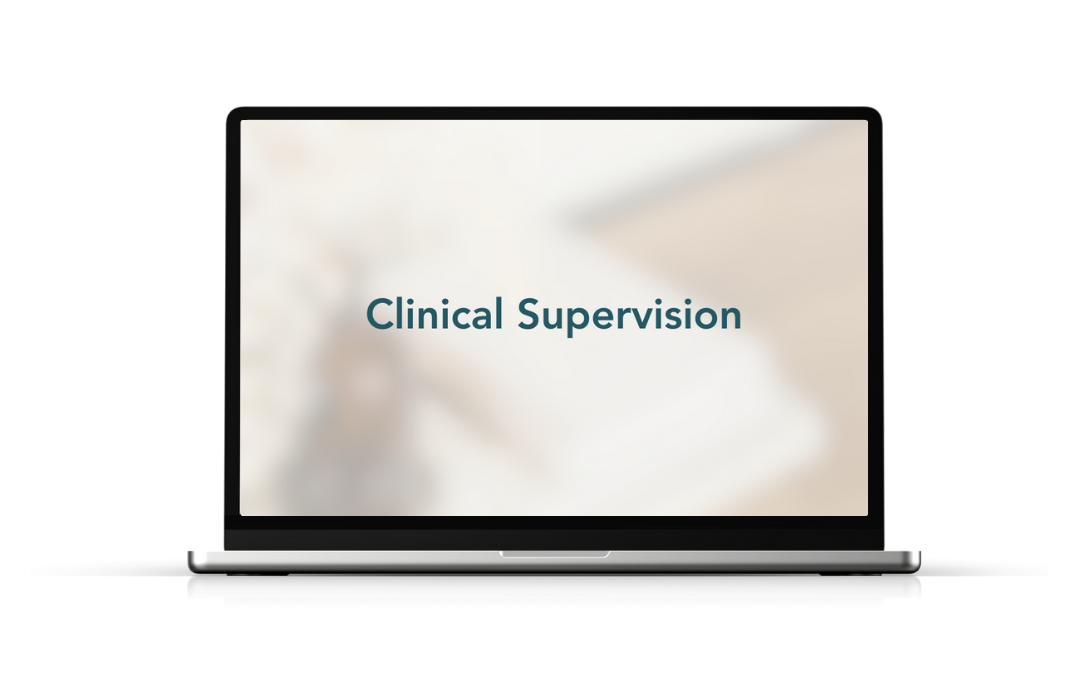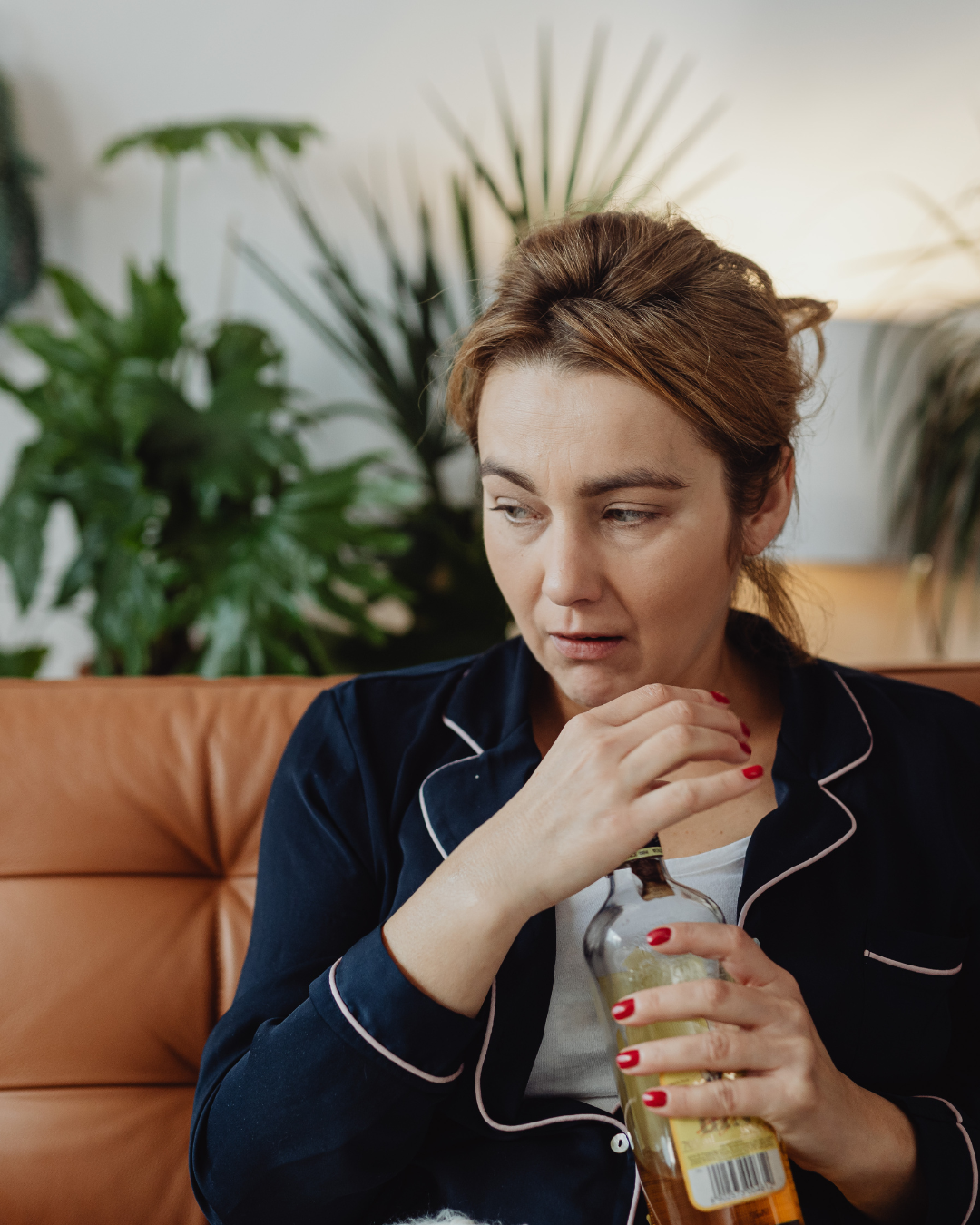How to know if you have OCD: what an ocd test can—and can’t—tell you
What an OCD test really tells you (and what it doesn’t)
Imagine waking up every day with a sense of unease—your body tense, your thoughts spinning in loops you can’t control. You double-check the door lock, again and again. You replay a conversation from days ago, convinced you said the wrong thing. Deep down, you wonder if this is just anxiety, or something more. Maybe you’ve searched online for an "OCD test," hoping for clarity, but still feel unsure.
If this sounds familiar, you’re not alone—and you don’t have to stay stuck in that spiral.
In case we haven’t met yet, we’re Happy Autumn Counseling, a bilingual therapy practice supporting OCD across Texas and Arkansas. We specialize in helping first-generation Latinas and women heal from anxiety, trauma, and OCD through culturally competent, trauma-informed care that’s as compassionate as it is effective.
In this blog, we’ll explore what an OCD test involves, how to interpret the results, and what next steps you can take toward healing. We’ll also address common fears and provide tools to guide your journey.

What are the symptoms of OCD?
Obsessions
Obsessions are unwanted, intrusive thoughts that cause anxiety. These can include:
- Fears about contamination
- Worrying about harming loved ones
- Concerns over forgetting important details
- Disturbing images or impulses
For example, you may obsess over the fear of accidentally hurting your child, even if the idea is completely out of character. The anxiety these thoughts bring is real and exhausting.
Compulsions
Compulsions are actions done to relieve the distress caused by obsessions. Some are visible (like washing hands repeatedly), others are internal (like counting or silently repeating phrases).
These behaviors can include:
- Excessive cleaning or checking
- Repeating tasks a specific number of times
- Seeking constant reassurance
- Mentally reviewing events or prayers
Over time, these rituals can take over your life, making daily tasks feel impossible.
How do I confirm if I have OCD?
Start by understanding your symptoms
The first step toward clarity is observing how anxiety plays out in your daily life. OCD doesn’t always look like extreme cleanliness or order. It might be hidden in rituals no one else sees—like repeating prayers to calm your nerves or needing everything in your space arranged in a particular way.
For women, especially those balancing cultural expectations and caregiving roles, symptoms can be masked by perfectionism or people-pleasing. The pressure to keep it all together can silence inner struggles, making it even harder to seek help.
Why self-diagnosis isn’t enough
It’s easy to fall into the habit of Googling your symptoms or taking an online quiz when you're trying to make sense of what you're feeling. While these tools can bring some clarity, they often miss the full picture. According to the Mayo Clinic's overview of OCD, obsessive-compulsive disorder involves deeply rooted patterns of intrusive thoughts and compulsive behaviors that go beyond surface-level anxiety.
A self-assessment might reflect common symptoms, but it can’t account for how your personal history, cultural background, or past trauma shape those experiences. Only a licensed therapist can offer a complete evaluation—one that looks at how your symptoms affect your day-to-day life and helps you figure out what’s really going on beneath the surface.

Types of OCD tests
There’s no single test that can tell you for sure if you have OCD. Instead, mental health professionals use different tools together to understand your symptoms and decide if they match the diagnosis for OCD.
Here’s how the process usually works:
- Diagnostic interviews
A therapist will ask you about your thoughts and behaviors—like any fears or routines that feel hard to control. They’ll also ask how much time these take up and how they affect your daily life. These questions help them understand what you're going through and rule out other possible causes. - Self-report questionnaires
These are forms you fill out yourself. They ask about common OCD symptoms and how intense they feel. Some examples are: - Y-BOCS-SR – Looks at how often obsessions and compulsions happen.
- DOCS – Helps rate symptoms in areas like fears of contamination or harm.
- OCI-R – Another tool to check how severe your symptoms are.
- Therapist-rated tools
A trained therapist may use tests like the Y-BOCS or CY-BOCS (for children) to measure how much OCD affects your life. These are more detailed and help guide treatment. - Other tools
For kids, input from parents can be helpful. Sometimes doctors might run basic health tests to make sure symptoms aren’t caused by something else.
The takeaway:
- No online quiz or checklist can replace a full evaluation.
- OCD is best diagnosed with help from a therapist who listens to your full story.
- The right support makes a big difference.
Is there a legit OCD test?
There are validated tools that professionals rely on, but no single test can confirm OCD on its own. Effective diagnosis requires context—your story, background, culture, and current stressors all matter.
That’s why at Happy Autumn Counseling, we don’t just look at checklists. We see the whole person behind the symptoms.
OCD diagnosis criteria
According to the DSM-5, to be diagnosed with OCD, you must:
- Experience obsessions, compulsions, or both
- Spend more than one hour per day on these symptoms
- Experience significant distress or impairment in functioning
- Not have symptoms explained by another condition
Your therapist will walk through each of these points and help you understand how they apply to your specific situation.

What happens after the test?
After diagnosis, you and your therapist will co-create a care plan that honors your life, culture, and values. Common treatments include:
- ERP therapy – gradually exposing you to anxiety triggers while helping you resist compulsions
- CBT – identifying unhelpful thought patterns and replacing them with realistic ones
- Medication – like SSRIs, when needed
- Support groups – building community with others who understand your experience
Recovery takes time and patience, but with the right support, it’s absolutely possible.
Why women need tailored OCD support
Cultural and emotional pressures
For many women—especially Latinas—healing begins with being seen and understood. If you’ve grown up with messages about keeping your emotions private, always putting family first, or pushing through distress quietly, OCD might be hiding behind “being strong.”
At Happy Autumn Counseling, our online therapy for women honors your story, your culture, and your resilience. Whether you’ve been silencing your emotions for years or just recently started noticing the signs, you deserve support that sees the full picture—not just the symptoms.
What is the 15 minute rule in OCD?
The 15-minute rule is a helpful strategy used in ERP therapy. When you feel the urge to perform a compulsion, you wait 15 minutes before acting on it. During that time, you practice sitting with the discomfort.
Often, the intensity of the anxiety lessens over time, teaching your brain that you don’t need to act on the urge to feel better. Over time, this builds tolerance and reduces compulsive behaviors.
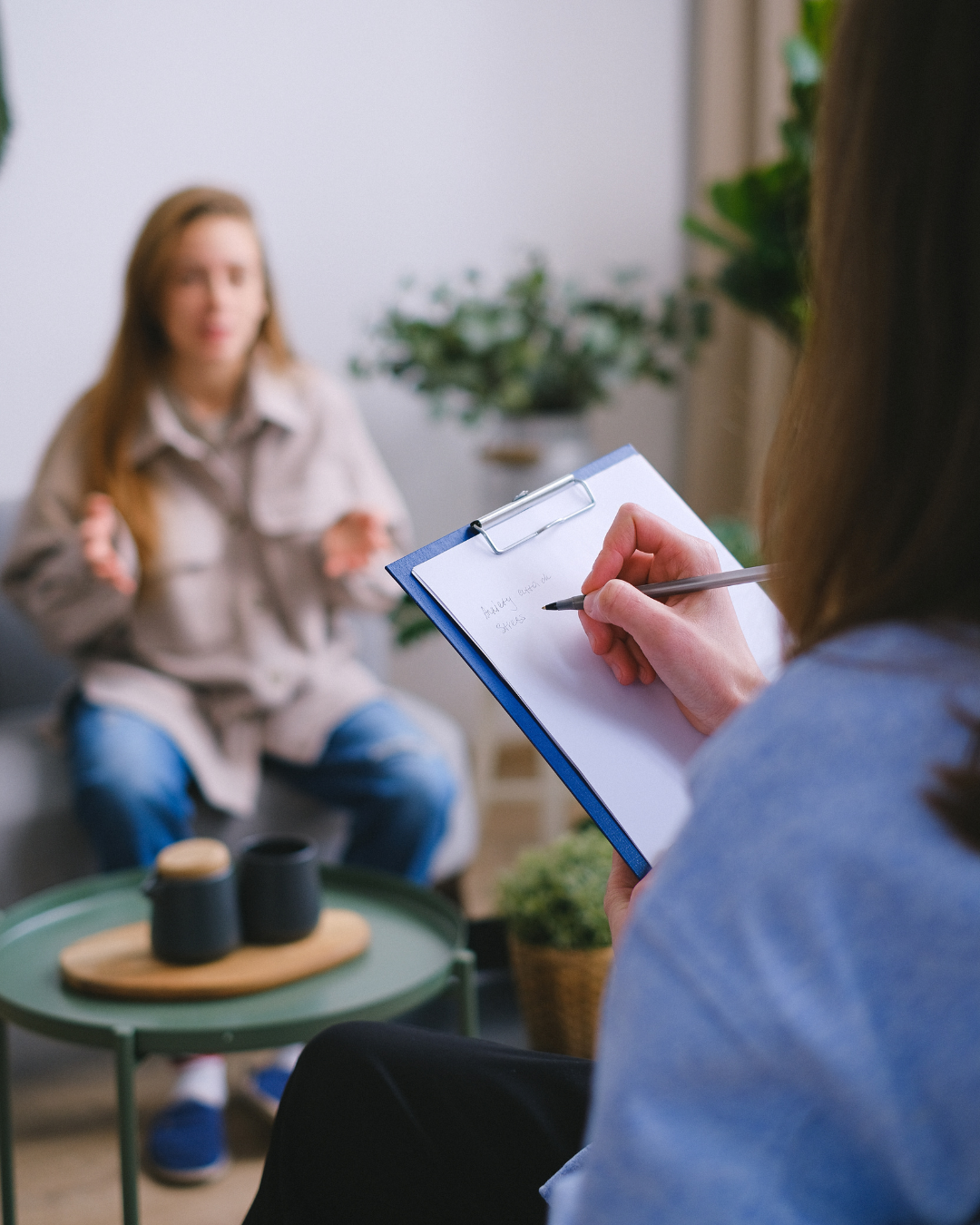
OCD can make life feel like a never-ending loop—but clarity and healing are closer than you think.
If you’ve been wondering, “Do I have OCD?” or “Is this anxiety something more?”—you’re already taking the first step by asking. The next is getting answers and support.
Our therapists at Happy Autumn Counseling are here to guide you, with bilingual therapy for OCD in Dallas.
Ready to move forward with clarity? Schedule your consultation with Happy Autumn Counseling.
You deserve peace—and you don’t have to find it alone.
*AI Disclosure: This content may contain sections generated with AI with the purpose of providing you with condensed helpful and relevant content, however all personal opinions are 100% human made as well as the blog post structure, outline and key takeaways.
*Blog Disclaimer: Please note that reading our blog does not replace any mental health therapy or medical advice.
The content shared on this blog is for informational and educational purposes only and does not constitute therapeutic advice or a substitute for professional mental health services. Reading this blog does not establish a therapist-client relationship. If you are in need of mental health support, please seek help from a licensed professional in your area.

Hello! you
Welcome to Happy Autumn Counseling.
We are a virtual group practice of bilingual therapists passionate about supporting you through life’s challenges. Whether you’re dealing with anxiety, trauma, OCD, substance abuse, or any mental health issue, our goal is to help you regain control, tackle stress, and empower you to thrive.
Grab my free journaling workbook
